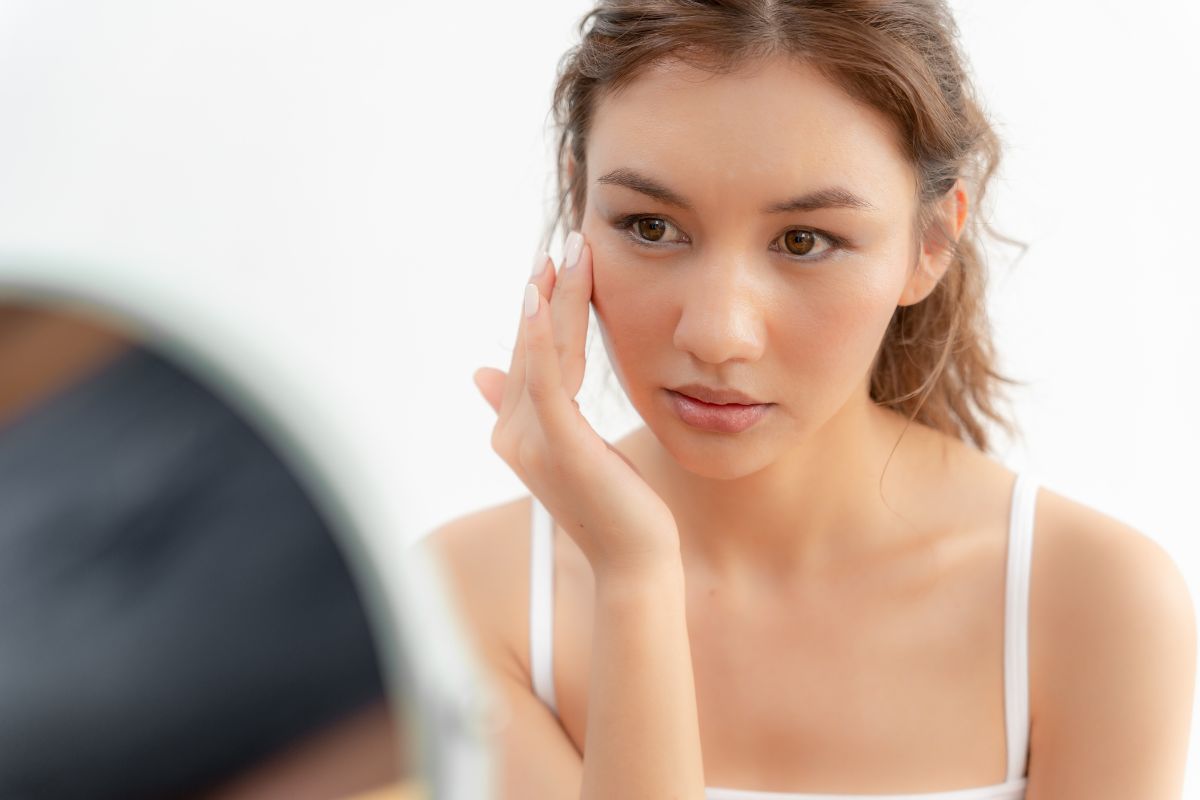Natural Makeup Tips for Sensitive Skin

Sensitive skin is easily irritated by harsh chemicals or fragrances. It often feels tight, burning or itchy in response to triggers like weather changes, stress, or certain ingredients. For beginners, switching to a natural, “clean” makeup routine can help minimize reactions. Natural makeup avoids strong synthetic ingredients and uses soothing botanicals, which calm irritation. In fact, clean beauty products typically skip perfumes, parabens and harsh chemicals and include gentle ingredients (aloe, chamomile, hyaluronic acid) to nourish the skin. By choosing soothing formulas and simple routines, sensitive skin can look fresh without compromise.
Ingredients to Avoid & Gentle Alternatives
Avoid common irritants. Read product labels and steer clear of:
-
Fragrances/dyes (scented perfumes and colourants)
-
Parabens and formaldehydes (preservatives that can trigger allergies)
-
Alcohols (drying alcohol, denaturants) strip moisture and cause stinging
-
Sulfates and harsh surfactants (found in cleansers) that dry skin
-
Strong acids or exfoliants (e.g. AHA), which can aggravate sensitivity
Instead, look for soothing, hydrating ingredients in your makeup:
-
Aloe Vera – calms redness and inflammation
-
Chamomile or Calendula – natural anti-inflammatories to reduce irritation
-
Hyaluronic Acid—attracts moisture, keeping skin plump without irritation
-
Oat or Green Tea Extract—gentle antioxidants that soothe itchy skin.
-
Mineral pigments (like zinc oxide and titanium dioxide)—these provide coverage and even SPF protection with minimal additives
Choosing products with minimal, skin-friendly formulas helps sensitive skin stay comfortable. For example, one clean-beauty guide notes that sensitive skin benefits from avoiding fragrances and chemicals and enjoying products rich in calming extracts
Step-by-Step Minimal Makeup Routine
-
Prep the skin. Always start with a clean, moisturized face. Use a gentle, fragrance-free cleanser, then apply a non-comedogenic moisturizer. This layers a hydrating base under your makeup
-
Apply a gentle primer. A good primer creates a thin barrier between skin and makeup. Pick a silicone-free or hydrating primer labelled safe for sensitive skin. This can help makeup glide on smoothly without irritating.
-
Use a light foundation or tinted moisturizer. Instead of a heavy foundation, opt for a lightweight tint or mineral foundation that evens out skin tone without clogging pores. Mineral formulas (like bareMinerals Original) provide coverage with natural minerals. Blend a sheer layer only where needed—this prevents skin from feeling suffocated.
-
Conceal carefully. If you need extra coverage (under eyes or on blemishes), apply a small dot of a gentle concealer. Pat it in with a clean fingertip or soft brush. Look for concealers with soothing ingredients (some contain aloe or vitamin E) to minimize irritation.
-
Add a natural blush. A touch of colour on the cheeks brightens the face. Cream blushes or mineral powder blushes tend to be gentle options. (Cream formulas with nourishing oils can actually add moisture.) Dab softly onto the apples of the cheeks.
-
Apply sensitive-eye mascara. Use a hypoallergenic, fragrance-free mascara. For example, Physicians Formula makes an “Organic Wear” mascara that is hypoallergenic and fragrance-free. Wiggle the wand lightly from root to tip; avoid pulling or tugging at the lashes.
-
Finish with a lip tint or balm. Choose a tinted balm or stain that moisturizes as it adds colour. Look for products enriched with natural oils or vitamin E to avoid dry, cracked lips. A sheer, hydrating lip tint is ideal for sensitive lips.
Tip: Keep layers light and buildable. Heavy, cake-like application can irritate. After makeup, some find a light hydrating mist (e.g. rosewater or aloe mist) helps set the makeup and soothe the skin.
Patch Testing and Cleaning Tools
Whenever you try a new makeup product, always patch-test first. Apply a tiny amount on a discreet area (behind the ear or on the jawline) and wait 24–48 hours. If redness or itching appears, skip the product. For very reactive skin, some experts patch-test for up to a week before full use.
Keep tools clean. Dirty brushes and sponges harbour makeup, oil, and bacteria that can cause breakouts. Clean your makeup brushes and sponges with warm water and a gentle shampoo or cleanser (baby shampoo works well). A brush-cleaning pad can help loosen debris. Rinse thoroughly and air-dry brushes bristle-down overnight.
Aim to wash brushes and sponges at least every 2 weeks—and ideally weekly if you use makeup often. An expert notes that “foundation sponges are a breeding ground for bacteria,” so washing them regularly is essential. Always use clean hands when applying makeup and avoid sharing tools. This simple hygiene helps prevent irritation and breakouts.
Gentle, Hypoallergenic Brands
Some makeup lines are formulated specifically for sensitive skin. For example, bareMinerals is a mineral-based brand known for gentle, skin-friendly formulas. Physicians Formula’s products are hypoallergenic; their Organic Wear Mascara is fragrance-free. Clean-beauty brands like Ilia focus on natural ingredients and often avoid common irritants (Ilia is praised for nourishing eye and face products). RMS Beauty is another popular choice—it uses organic oils and minimal ingredients to nourish skin. (Clinique, Almay and Tower 28 are also often recommended by dermatologists for sensitive complexions.)
When shopping, look for labels like “hypoallergenic,” “dermatologist-tested,” or “for sensitive skin.” Reading reviews by users with similar sensitivities can help, too. Remember that individual reactions vary: one brand that works for many may still irritate you, so use patch tests before committing.
Removing Makeup Gently
Removing makeup carefully is as important as how you apply it. Dermatologists recommend oil-based cleansers or micellar water to dissolve makeup without harsh scrubbing. These gentle removers lift foundation and mascara off the skin. For example, saturate a cotton pad with micellar water and hold it on closed eyes for a few seconds to soften eye makeup, then wipe gently.
Avoid makeup-removing wipes or products with alcohol/fragrances, as these can strip the skin and cause irritation. Instead, after the initial wipe or oil cleanse, follow with a mild, fragrance-free cleanser (double-cleansing) to ensure no residue remains. Be gentle—do not rub or tug hard, especially around the delicate eye area.
After cleansing, rinse with lukewarm water and pat dry. Finish with a soothing moisturizer. A common dermatologist tip is, if you’re too tired for a full routine, at least wipe your face with micellar water and immediately apply a rich moisturizer before bed. Proper removal prevents clogged pores and keeps sensitive skin calm and clear.






